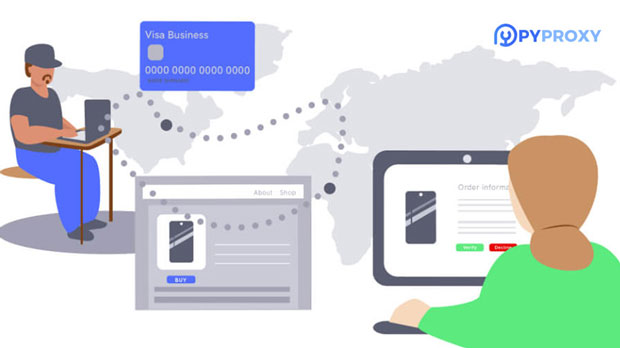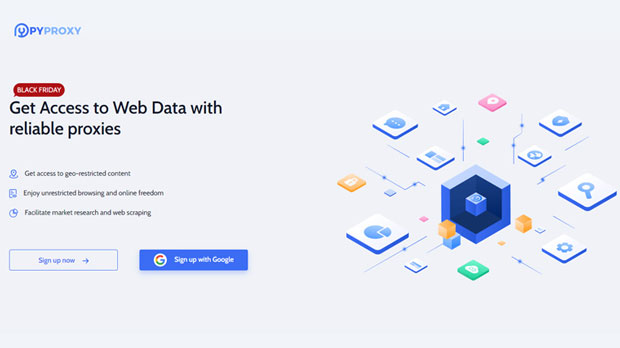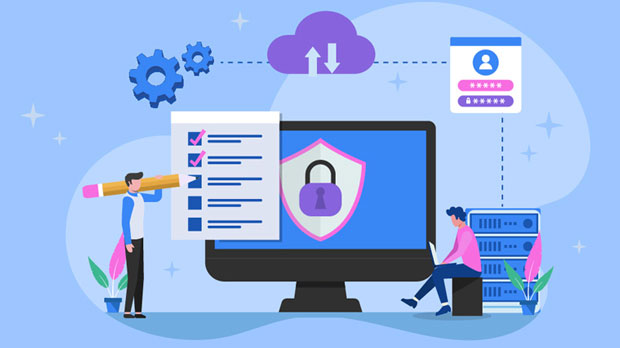What is the approximate monthly fee for a SOCKS5 proxy?
socks5 proxies are widely used for various online activities, offering a high level of anonymity and flexibility. Their pricing can vary based on several factors, including service quality, speed, server locations, and the number of simultaneous connections allowed. Generally, monthly charges for SOCKS5 proxies range from as low as a few dollars to over $100, depending on the specific features and usage requirements. Understanding the factors that influence these costs is essential for choosing the right service. In this article, we will explore the pricing structure for SOCKS5 proxies, the variables that impact these costs, and how to determine which option suits your needs and budget. What is socks5 proxy?Before diving into pricing details, it is essential to understand what a SOCKS5 proxy is. SOCKS5 (Socket Secure version 5) is a protocol used for proxy servers that allows clients to route their internet traffic through an intermediary server. Unlike HTTP proxies, SOCKS5 can handle all types of internet traffic, whether it is browsing, gaming, or streaming. The SOCKS5 proxy provides better anonymity and security by allowing users to mask their IP addresses and encrypt their internet traffic. This flexibility makes SOCKS5 proxies ideal for users who prioritize privacy and need a versatile solution for accessing various online services.Factors Influencing the Monthly Cost of SOCKS5 ProxiesThe cost of a SOCKS5 proxy service is not fixed and can fluctuate depending on several key factors. Let's explore these variables in detail to understand how each contributes to the final price.1. Type of SOCKS5 ProxyThere are different types of SOCKS5 proxy services available, which can significantly impact pricing. Some of the most common types include:- Shared SOCKS5 Proxies: These proxies are shared among multiple users. They tend to be more affordable because the cost is distributed among several clients. However, performance may be compromised due to shared usage, leading to slower speeds and potential security concerns. - Dedicated SOCKS5 Proxies: A dedicated SOCKS5 proxy is assigned exclusively to one user. While this option is more expensive than shared proxies, it offers enhanced performance, better speed, and greater security, as the user doesn't have to compete for resources with others. - Residential SOCKS5 Proxies: These proxies use residential IP addresses, which are less likely to be flagged by websites for suspicious activity. residential proxies tend to be pricier, as they are harder to obtain and provide higher levels of anonymity.2. Geographic Location of Proxy ServersAnother significant factor influencing the price of SOCKS5 proxies is the geographic location of the proxy servers. The closer the server is to your target audience or desired location, the more it will likely cost. This is because having servers in specific locations, especially in high-demand regions, often requires more investment to maintain.- Local Servers: Proxies located in countries with higher internet traffic or demand, such as the United States, the UK, or Germany, are typically priced higher. - Global Servers: Providers who offer a large number of servers across the world may charge more, as they must support the infrastructure and maintenance of these servers.3. Bandwidth and Speed RequirementsBandwidth and speed are crucial factors that influence pricing. Higher bandwidth and faster speeds often result in higher monthly costs. If you are using the SOCKS5 proxy for tasks such as high-speed trading, video streaming, or large-scale data scraping, you may need a high-performance proxy. On the other hand, if your usage is limited to basic browsing, the proxy might not require as much bandwidth, and the costs will be lower.4. Number of Connections and SessionsSome SOCKS5 proxy providers allow users to connect multiple devices or make multiple concurrent connections through a single account. The more simultaneous connections you require, the higher the cost will likely be. Providers often offer different pricing tiers based on the number of connections, with larger plans allowing for more devices or higher levels of usage.5. Additional Features and ServicesMany SOCKS5 proxy providers offer additional features that can affect the monthly cost. Some of the most common extras include:- Security Features: Features like encrypted connections, enhanced anonymity, or even VPN support can add to the cost of a SOCKS5 proxy service. - Unlimited Bandwidth: Some plans come with a guarantee of unlimited bandwidth, which may increase the cost, especially for users who anticipate heavy usage. - 24/7 Customer Support: Premium customer support services, including live chat or dedicated account managers, can also increase the pricing of a SOCKS5 proxy package.Typical Pricing for SOCKS5 ProxiesBased on the factors mentioned above, pricing for SOCKS5 proxies can vary significantly. Here is an approximate breakdown of typical monthly costs:- Basic Shared SOCKS5 Proxy: For a shared SOCKS5 proxy with limited bandwidth and lower speeds, you can expect to pay between $1 to $5 per month. - Standard Dedicated SOCKS5 Proxy: A dedicated proxy offering better speeds, security, and performance typically costs between $5 to $15 per month.- Premium Residential SOCKS5 Proxy: Residential proxies with higher security and faster speeds generally range from $15 to $100 or more per month, depending on the location, speed, and additional features.- High-Performance or Business-Level SOCKS5 Proxy: For large-scale businesses or those needing high-speed connections and multiple simultaneous connections, pricing may exceed $100 per month. These plans are designed for heavy-duty usage, such as large-scale web scraping, automation, or managing multiple accounts.How to Choose the Right SOCKS5 Proxy for Your BudgetChoosing the right SOCKS5 proxy depends on a variety of factors, including your usage patterns, budget, and security needs. Here are some tips to help you make an informed decision:1. Determine Your Usage Requirements: Are you using the SOCKS5 proxy for personal browsing or for business purposes? For basic browsing, a shared proxy may suffice, but for more demanding tasks like gaming or scraping, you may need a higher-performance proxy.2. Consider Your Budget: Define a clear budget range. If cost is a primary concern, start with a shared or low-bandwidth proxy. If you need guaranteed performance, it may be worth investing in a dedicated or residential proxy.3. Evaluate Security Needs: If privacy and security are your top priorities, consider a SOCKS5 proxy with extra features like encryption or a VPN option. This will increase the cost but offer enhanced protection.4. Assess the Provider’s Reputation: While this article does not recommend specific brands, it’s crucial to evaluate potential providers based on reviews, customer feedback, and the quality of their services.ConclusionThe monthly cost of SOCKS5 proxies can vary depending on a wide range of factors, including proxy type, server locations, bandwidth, speed, and additional features. On average, you can expect to pay anywhere from a few dollars to over $100 per month, depending on your needs. Understanding these factors will help you choose the right SOCKS5 proxy that balances performance and affordability. When selecting a service, always consider your specific requirements, the level of security you need, and how much you are willing to invest. By doing so, you can ensure that you are making a well-informed decision that aligns with both your technical needs and budget constraints.
2025-01-08

























































